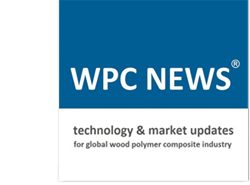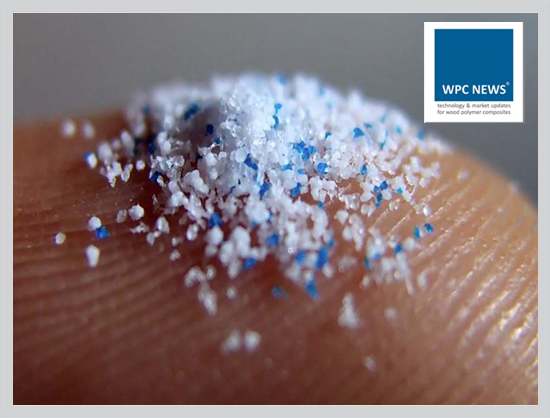There are 500 times more microplastics in the world than stars in our galaxy, a clear sign that the plastic pollution epidemic has spun out of control. Roughly two-thirds of all plastic ever produced remains in the environment today, most of it in in the form of microplastics.
Humans now generate nearly 300 million tonnes of plastic waste every year, 60% of which end up in our natural environment. Plastics do not break down, but they can degrade in quality and turn into smaller pieces – microplastics.
More than 51 trillion microplastic particles litter the world’s seas, 500 times the number of stars in our galaxy.
Some of the biggest sources of microplastics include cigarette butts, tea bags and synthetic clothing, accounting for 35% of the total primary microplastic pollution. You will be shocked to know that the biggest source of Microplastics are ‘Synthetic clothes’. With every wash of these clothes thousands of microplastics get drained into water. This water flows up to the sea!
Fruits like apples and pears have the highest content of microplastics. They accumulate microplastics through uptake from microplastic-contaminated water or soil. While broccoli and carrots are usually the most contaminated vegetables.
Microplastics contain highly toxic and harmful chemicals such as flame retardants and UV stabilizers. Plastic debris accumulating in the ocean absorbs persistent organic pollutants (POPs), from the water which have been found to have critical adverse health effects.
It is nearly impossible to avoid microplastics altogether, and yet there are effective ways to reduce their spread and the risk of ingesting them. Increased use of Cotton clothes, by upgrading our comfort zone can also help at a large against microplastics from synthetic clothes.
Here comes the use of recyclable plastics those are sizable to handle and control for the wastages. Use of plastics cannot be avoided as it is life saving as well in applications. But material like WPC that is made with waste plastics and waste wood/agri residues should be promoted. This material is directly saving natural wood from virgin trees. Fine dust of cutting also is accumulated via dust collectors on the line and sent back for the reuse.
It is the time where we need to control the use of microplastics going up to ocean..
Hardik Panchal
Editor, WPC NEWS.
(Content Gratitude: Earth.org)



